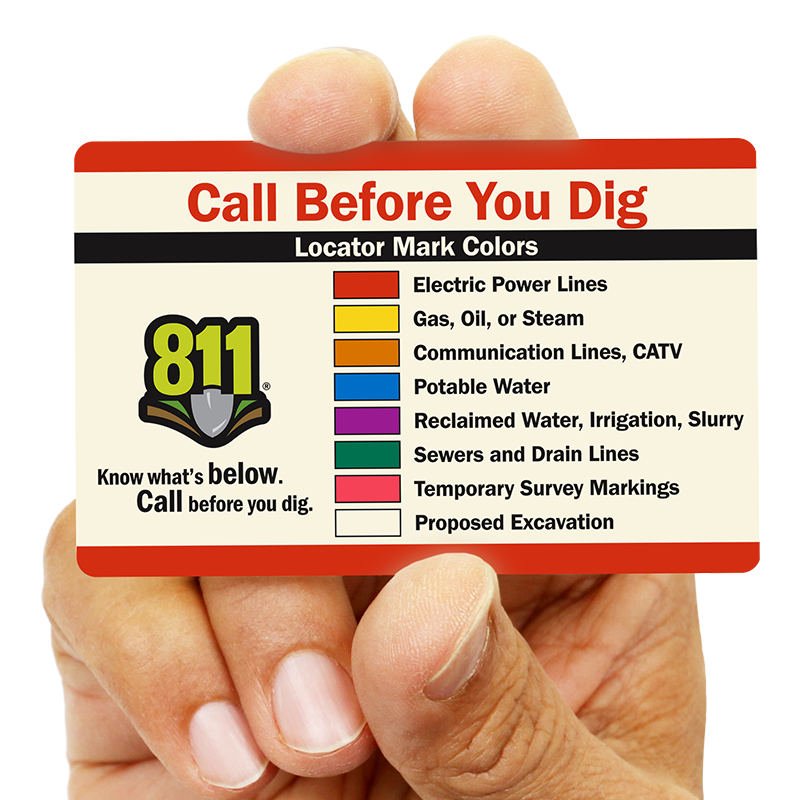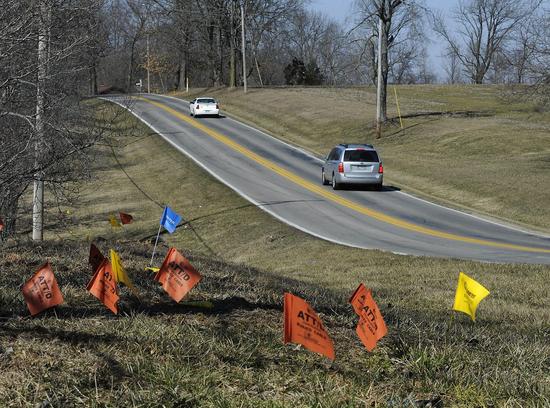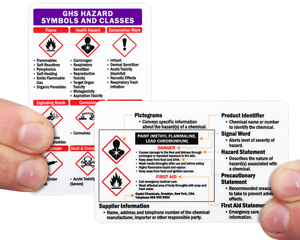Color Codes for Buried Lines – APWA
You can tell where buried lines are, and what they are, by understanding the APWA’s color codes (via Southeast Missourian).
If you’ve ever tried to install a pool in your backyard, you know that you can sometimes get yourself into deeper water than you ever intended — that is, by hitting a buried utility line with your shovel. Digging where there’s hidden infrastructure can harm you, those around you, disrupt service to an entire neighborhood, and incur fines. The stakes are even higher for construction crews, who must be able to ascertain exactly where and what kind of buried lines are beneath their work sites.
That’s why the American Public Works Association created a color code for public agencies, utilities, contractors, and all groups who participate in ground excavation. Officials use this code to mark up underground utilities with tape, paint, flags or signs. Below is our breakdown, to help you crack the mystery behind the colors of safety.

Do you know your APWA color code?
• Red: An attention-grabbing color that indicates power lines, cables, conduit, and lighting cables.
• Orange: Telecommunication, alarm or signal lines, cables, or conduit. Orange is also 2012’s Pantone Color of the year, and an indispensable sign hue when it comes to
safety, given its fluorescence in dark construction zones.
•Yellow: Indicates gas, oil, steam, petroleum, or gaseous material
•Purple: Marks off reclaimed water, irrigation, and slurry lines (this shade is commonly used on recycled water signs)
•Blue: A natural shade for potable water
•Green: Sewers and drain lines
• Pink: Temporary survey markings
White: Shows location, route, or boundary of intended excavations
The APWA encourages anyone involved in excavation to adopt the APWA Uniform Color Code, and proceed with caution while digging. To view the chart in its entirety, visit the APWA’s website.
-S. Sridhar






